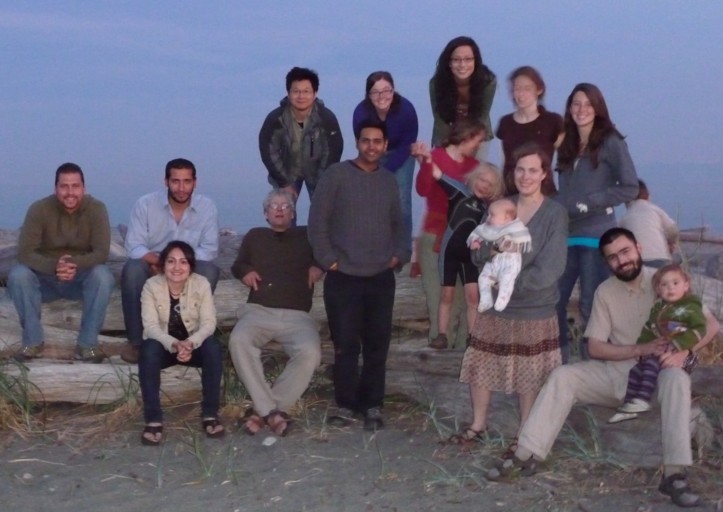Spring Quarter, Research
Apprenticeship
March 30 - June 5, 2009
Biology 499 (15 credits)
Instructors: Drs. Ed Munro, Kristin Sherrard and Francois Robin (IBDML Marseilles, France)
This apprenticeship is sponsored by Friday Harbor Laboratories, the NIGMS (National Institute of General Medical Sciences), the Washington Research Foundation, and the Mary Gates Endowment.
Morphogenesis, the process by which embryonic cells build and elaborate tissues and organs, involves some of the most exquisite and complex behaviors that cells ever perform. Biologists have identified much of the molecular machinery that cells use to generate and transmit forces during morphogenesis. Modern molecular genetics allows us to perturb this machinery in very precise ways, and exciting new advances in microscopy allow us to observe the organization and dynamics of this machinery during cellular morphogenesis in both normal and perturbed embryos. But understanding how the cytoskeletal and adhesive machinery operates across many cells to generate these movements is a daunting task, requiring the integration of information both about sources of force generation and context of deformation in response to forces. The goal of this course is to introduce students to a modern integrated approach to the study of cellular morphogenesis, one that combines advanced microscopy and molecular genetic perturbations with detailed computer simulations that predict global patterns of cell shape change and rearrangement from empirically motivated assumptions about local machinery.

Class photo taken at American Camp on San Juan Island. Upper line: Delany Rodriguez, David Velásquez-Carvajal, Wei Deng, Diana White, Monica Montgomery, Brooke Danaher, Shelby Semon, (Jérémie). Lower line: Haroula Argiros, Ed Munro, Sagar Joshi, Kristin Sherrard (and Alice), Agnès Robin (and Eileen), François Robin (and Myriam).